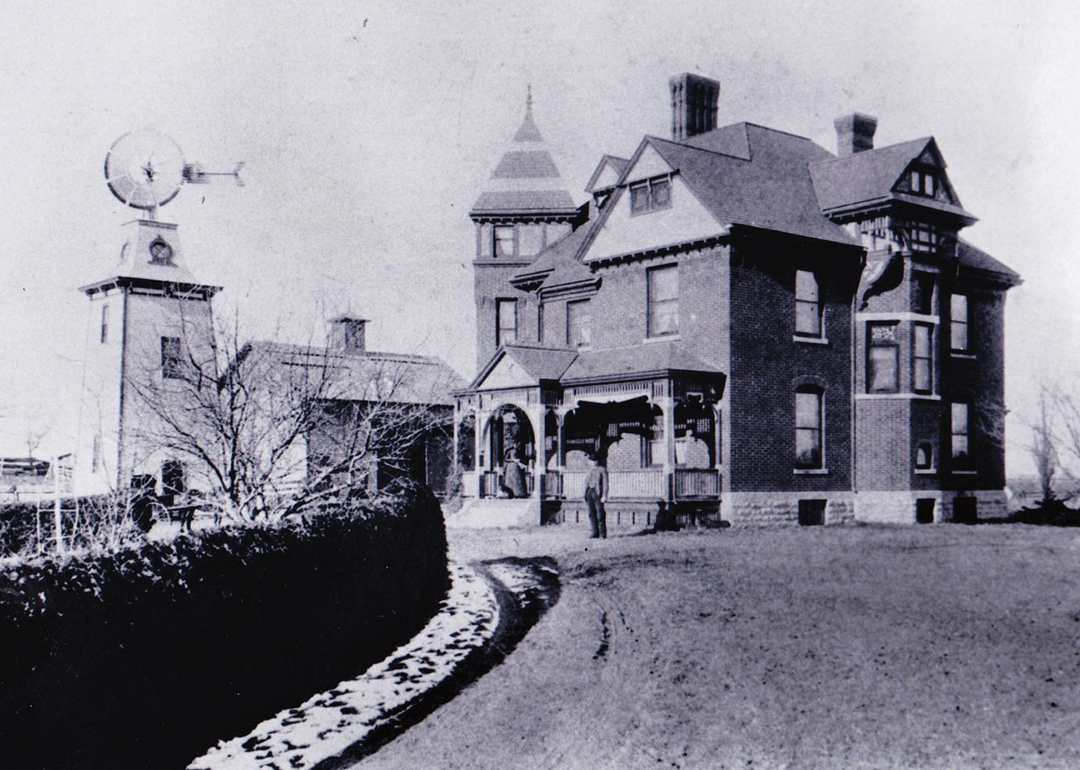
With new First-Generation Homebuyer Program, Edina seeks to create a more diverse city.
PHOTO BY:ISTOCK.COM/FIZKES
For over 20 years, the Come Home 2 Edina 2nd Mortgage Program has helped over 100 families to call Edina their home. Now, a new program in concert with Come Home 2 Edina sets its sights on closing the housing gap by assisting first-generation homebuyers. Through a partnership with the Edina Housing Foundation, the city of Edina launched the First-Generation Homebuyer Program in November 2021.
The program is for households in which the parents or guardians of the prospective homebuyer did not own their home. The hope is that this program impacts the economic and racial diversity of the Edina community.
The Come Home 2 Edina program, created and funded by the Edina Housing Foundation, offers down payment assistance—lending up to $60,000 or 25 percent of the purchase price of a home and requiring no monthly payments on the principal. The assistance helps break down some barriers for families hoping to move to Edina, explains Stephanie Hawkinson, the affordable housing development manager for the city of Edina. She is also a staff liaison to the foundation and works closely with both of the foundation’s programs.
Hawkinson explains that, through the First-Generation Homebuyer program, prospective homebuyers will not only have access to that $60,000 down payment assistance but they can also get an additional $15,000 that is forgiven over 15 years.
This $15,000 is considered a third mortgage (on top of a traditional mortgage and the second mortgage offered through Come Home 2 Edina), but the loan is offered at zero interest. It is forgivable at a rate of $1,000 per year of ownership and is completely forgiven 15 years following purchase.
“The foundation hopes the new program will help make the dream of homeownership and the ability to gain wealth through owning a home more achievable to households that have been historically excluded,” says Hawkinson.
Minnesota has the third highest homeownership disparity between white and diverse households, Hawkinson notes. “We think that’s a problem; it needs to be addressed,” she says. The First-Generation Homebuyer’s Program will address this disparity on a local level.
Hawkinson says that first-generation homebuyers “don’t have the benefit of being able to access generational equity to give a down payment on their home.” She explains that when someone invests in a home, they get equity—which in turn accrues value over time and can be passed down to descendants. “It has multigenerational benefits,” Hawkinson says. “If you don’t have access to homeownership, then you don’t have access to that increase in equity. And then you don’t have that multiplier effect throughout generations of how people have benefited.”
Although it’s diverse households that are impacted by the housing disparity in Minnesota, Hawkinson notes that the program applies to any first-generation homebuyers. “We’re becoming more [racially] diverse … but Edina, in the past few years, has become less diverse economically,” she says. “And so, one of the goals is that this will allow [people with] a broader spectrum of incomes … to be able to live in Edina.”
The hope is that this includes opportunities for people who work in Edina but cannot afford to live in the city. Hawkinson points out the average incomes of Edina’s largest employers do not pay salaries that are sufficient for someone to actually buy a home in the city. With the assistance of the First-Generation Homebuyer program, some employees may have the opportunity to live closer to their workplace.
First-Generation Homebuyer Program;
The City of Edina; 952.927.8861;
edinamn.gov
City of Edina, MN (Local Government)
@edinamn @edinamn






















